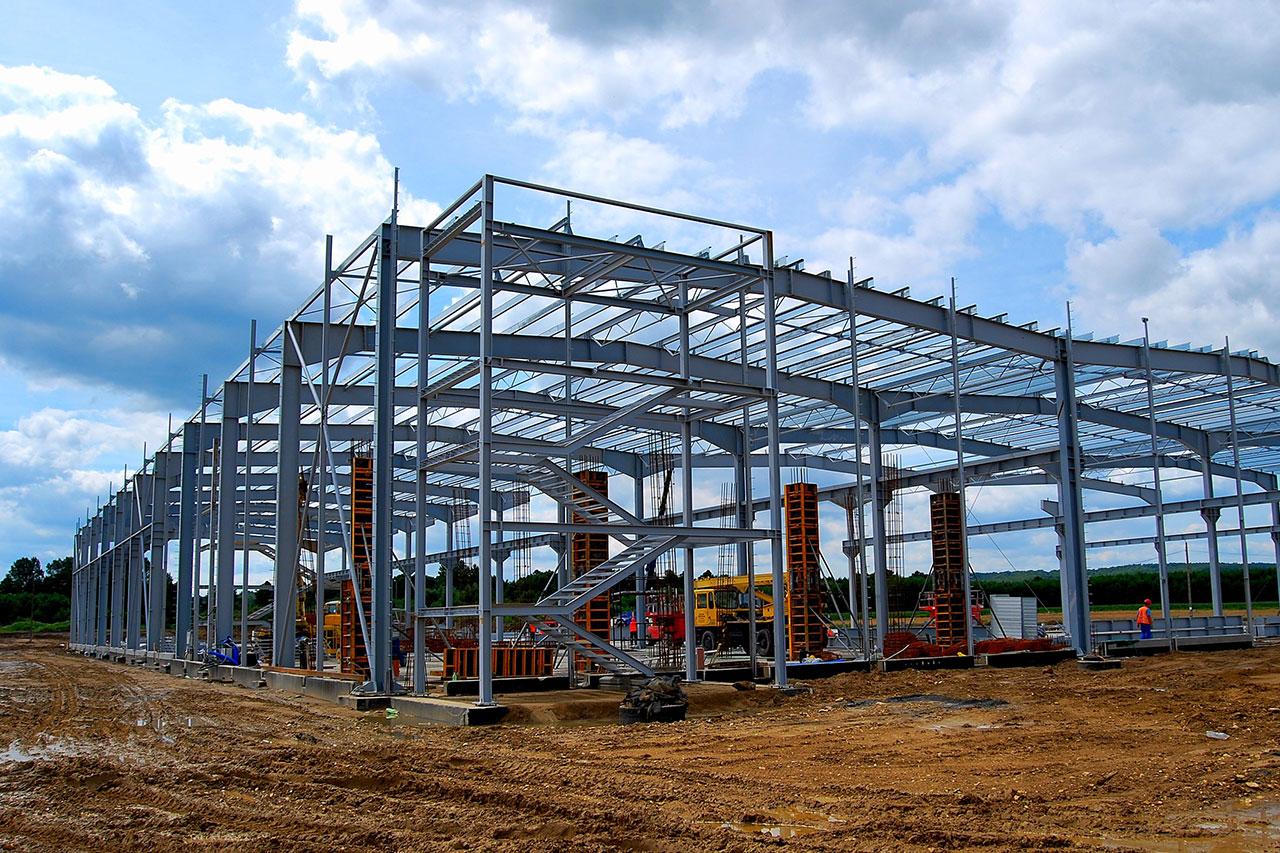Germany’s construction industry expects an increase in activity and revenue by 5.5% next year versus 2021, Kallanish learned at last week’s joint annual conference of the industry’s main associations, HDB and ZDB.
In 2020, the first year earmarked by the coronavirus, the industry actually saw an increase in revenue from the €135 billion ($153 billion) achieved in 2019, to €143 billion. The latter is also the value forecast for 2021. While activity has remained sturdy despite the pandemic, many projects did not commence as planned, and will now likely be started in 2022.
One reason for this are bottlenecks in materials supply, and/or high prices, which typically delay projects. Steel was arguably the construction material that saw the largest price increase, which the federations put at 70% within one year.
To a certain extent, construction companies are now succeeding in passing this pressure on to the purchasing side of the market, the associations observed. As of September, prices for construction had risen by almost 6% compared to the previous year. This means that revenue in real terms – at a nominally flat value of €143 billion – suffered a decline of 6%.
The associations pointed out that their members will continue to enjoy high capacity utilisation, which has increased the willingness of companies to invest more heavily in new equipment than in other industrial sectors.
The respective presidents also emphasised that the high level of orders is mainly attributable to activity in residential construction, a consumer of mainly rebar. Commercial construction, with a larger share of sections, has been volatile. Until September, the willingness of industries to invest in new warehouses and production plants remained below the level of the previous year, they concluded.
Christian Koehl Germany






